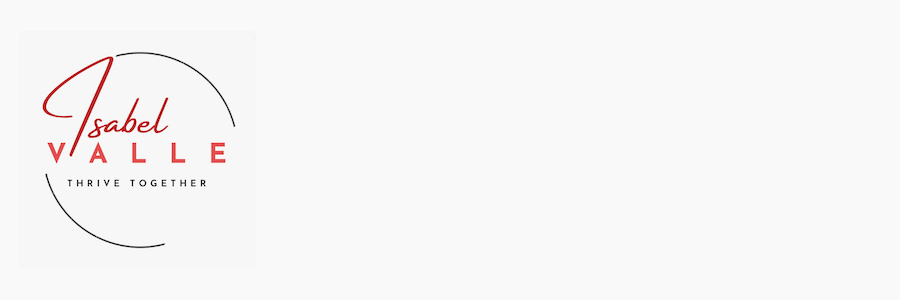
Can We Still Retain Talent?
Ever wondered why, despite all the perks and incentives, some of our brightest stars decide to leave?
Let’s talk about something we all know but rarely work on: creating an environment that makes your team want to stay with you for the long haul.
The Usual Suspects: Perks vs. Purpose
Sure, we’ve got ping-pong tables, free snacks, and flexible hours. But are these really enough?
Connection Over Compensation
Did you know that 79% of employees who quit their jobs cite a lack of appreciation as a key reason? It’s not just about the paycheck; it’s about feeling valued and connected. How often are we fostering genuine connections and shared visions within our teams?
Growth Opportunities
Here’s a stat that might surprise you: 87% of millennials rate “professional or career growth and development opportunities” as important in a job. Are we providing ample opportunities for learning and advancement, or are we unintentionally stifling potential?
Recognition and Appreciation
Recognition matters more than we think. Gallup found that employees who don’t feel adequately recognized are twice as likely to quit in the next year. Are we celebrating the wins and acknowledging hard work regularly?
Over to you now. Think about these questions:
-
How often do you engage in meaningful conversations with your team about their career aspirations?
-
What steps are you taking to ensure your team feels valued and appreciated every day?
-
Are your company’s values more than just words on a wall? How do they manifest in daily operations?
Let’s transform our workplaces into hubs of inspiration and growth.
I’d love to hear from you. What strategies have you found effective in retaining talent? Do you know someone who’s a champion of employee engagement? How do they do it? Why not start a conversation with your team about their goals and aspirations today?
Together, we can create a culture where talent not only stays but thrives.
To your success,
Isabel
Isabel is an experienced Peak Performance Strategist with over 25 years of international work experience holding senior positions within the hospitality industry in countries around the world, as well as Executive and Leadership coaching, mentoring and training. She specializes in high performance strategy, leadership development and building organizational culture to help leaders and their teams learn, grow and succeed. Isabel is passionate about helping empower business leaders with the mindset, skills and strategies that they need to get ahead.
More available on www.isabelvalle.com



















